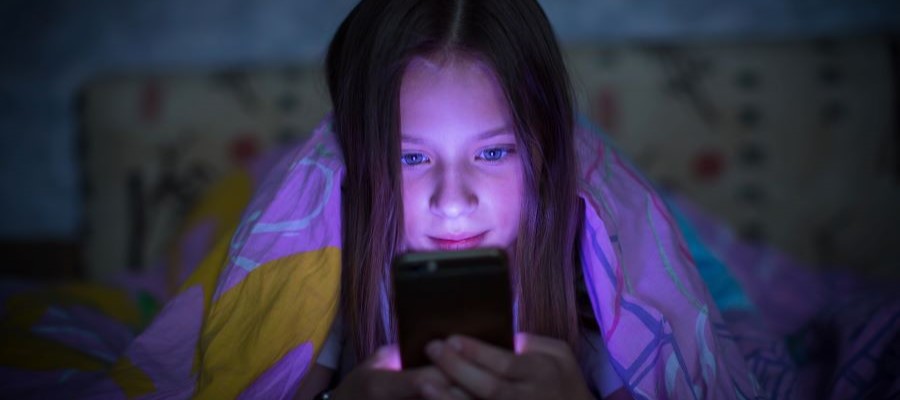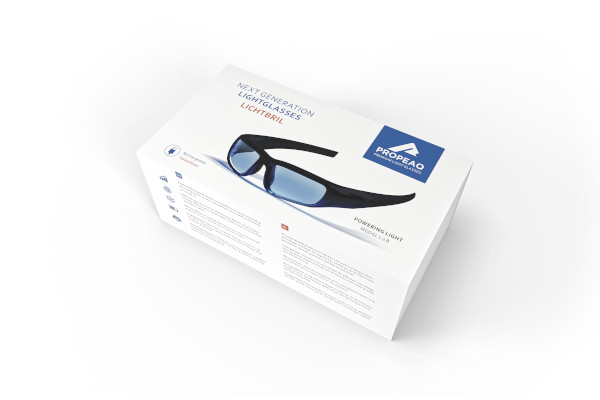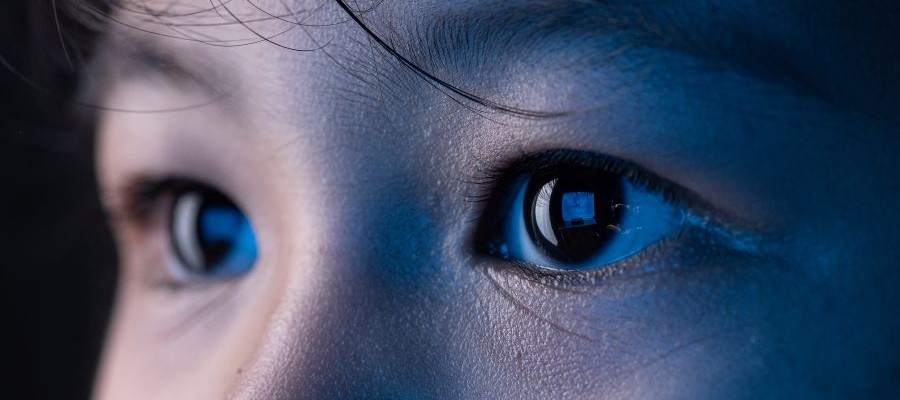Blue Light – How does it affect Our Sleep?
It would be fair to say that a certain mass hysteria has developed around blue light. As of January 2022, there were more than 58K monthly web searches for the term in the US alone. While many of the concerns about blue light are hardly merited, it can have an impact on human health. Here we give you the ups and downs of blue light.
What is Blue Light?
Sunlight consists of red, orange, yellow, green, blue, indigo, and violet light. Combined, it is the “white” light that we see. On the visible spectrum, red rays have longer wavelengths and less energy. On the opposite end of the spectrum, blue rays are shorter in wavelength and have more energy. Blue light is one of the colors visible to the human eye.
Is Blue Light Bad for Us?
Blue light is necessary for our health but there are drawbacks to too much exposure and the timing of the exposure as well.
The largest source of blue light is the sun. We know that sunlight plays a big role in regulating our natural biological clocks and circadian rhythms, so exposure to blue light during daytime hours helps wake us up. It can increase our alertness, memory, and cognitive functions as well as our moods.
Sunlight is very important to children and can affect their eyesight development. In fact, not enough sun exposure has been linked to an increase in myopia (nearsightedness) in teens and young adults. However, chronic exposure to strong blue light can lead to retina damage.
However, since blue light works to stimulate us and wake us up, too much blue light exposure in the evening can negatively affect our nighttime sleep. It can suppress our body’s natural production of melatonin, a hormone that regulates our sleep-wake cycles.

Blue light and sleep
In order to get the best sleep at night, especially if you have difficulty falling asleep, avoiding being overly exposed to blue light might help. Some ways to avoid blue light include:
1. Avoid electronics before bedtime
Limit screen time (tv, tablets, cell phone use) for two to three hours before you go to bed. If your device has a nighttime setting, this may lessen your exposure to blue light as well.
2. change your light bulbs
If you have fluorescent bulbs or LEDs in your home or bedroom, consider changing them out for incandescent bulbs. Any artificial light, whether fluorescent, LED, or incandescent can affect our circadian rhythms. While LEDs are energy saving, they project more blue light than incandescent bulbs so they can have a bigger impact on our sleep patterns.
3. Screenwork and blue light filters
If you spend a lot of time in front of screens, whether for work or recreation, one way to protect your eyes is to give them regular breaks using the “20-20-20” rule: Every 20 minutes, look at something at least 20 feet away for 20 seconds. For some devices, you might also want to consider adding a blue light filter, though many modern screen devices regulate light intensity automatically.
4. Blue light glasses

There are blue light glasses marketed as filtering out harmful blue light rays, but these usually have an added cost to regular lenses and there is no concrete evidence that they are effective. On the other hand, there are glasses that are effective for blue light therapy. For example, Propeaq light therapy glasses are beneficial for nightshift workers who can wear them for a 30-minute blue light therapy session prior to a shift to get energized. At the end of a shift, orange light lenses stimulate the production of melatonin.
Summary
Skip the special blue light glasses, get outside with eye protection during the day and limit your use of screens close to bedtime. Ideally, you want to dim your room as you get closer to bedtime as your body will naturally produce melatonin to help you fall asleep fast. If you do this, blue light should not cause disturbances for your health or for your sleep.


